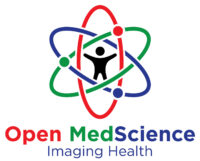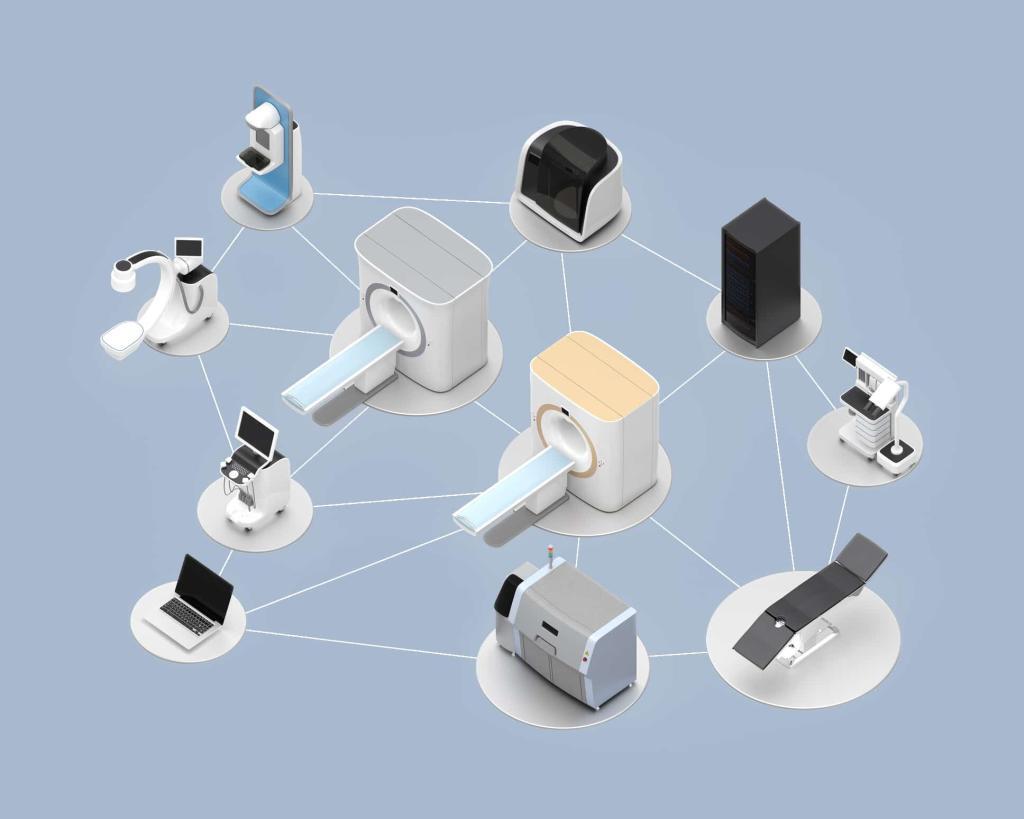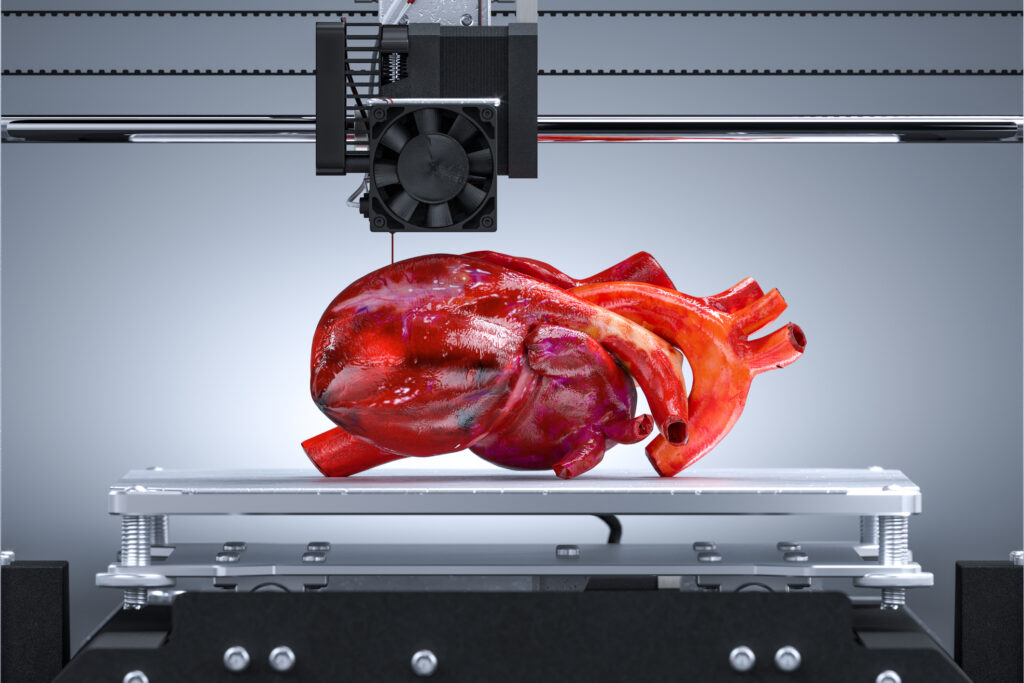Summary: Open MRI scanners are transforming the field of diagnostic imaging by offering a more patient-friendly alternative to traditional closed MRI systems. This article examines the technology behind open MRI, its advantages and limitations, enhancements to the patient experience, and its growing role in contemporary medicine. From claustrophobic patients to paediatric cases and surgical planning, the adoption of open MRI scanners is reshaping how healthcare professionals see inside the human body.
Keywords: Open MRI, Diagnostic Imaging, Magnetic Resonance Imaging, Claustrophobia, Medical Technology, Patient Comfort.
Introduction: A New Chapter in Medical Imaging
Magnetic Resonance Imaging (MRI) has long been a cornerstone of modern diagnostic medicine. It offers detailed images of soft tissues, organs and other internal structures without the use of ionising radiation. For decades, the tunnel-like design of traditional closed MRI scanners has remained largely unchanged, often evoking anxiety in patients and posing challenges for specific groups such as children, individuals with claustrophobia, and those with larger body sizes. In response to these limitations, open MRI scanners have emerged as a promising and increasingly popular alternative.
The Basics: What is an Open MRI Scanner?
Open MRI scanners function on the same basic principles as closed systems. They use powerful magnetic fields and radio waves to produce detailed cross-sectional images of the body’s internal structures. However, their design is fundamentally different. Instead of enclosing the patient in a narrow tube, an open MRI has a more spacious layout, often resembling a sandwich, with the patient lying on a flat table between two magnetic plates or within a C-shaped or U-shaped magnet configuration.
This architectural shift enables MRI scans to be carried out with the patient having more open space around them, thereby reducing feelings of confinement. It also allows for easier access during scanning, which is particularly useful when conducting functional or interventional procedures.
Technological Advances and Limitations
One of the main technical challenges that historically limited the spread of open MRI scanners was the strength of the magnetic field. Traditional closed MRIs typically operate at 1.5 or 3 Tesla (T), providing high-resolution images suitable for a wide range of diagnostic needs. Early open MRI systems, by contrast, typically had lower magnetic field strengths, often ranging from 0.2 to 0.5 T. This lower field strength resulted in reduced image clarity, particularly for neurological and musculoskeletal imaging.
However, recent innovations have significantly improved the performance of open MRI systems. Newer models can now reach field strengths of up to 1.2 T, and advancements in software algorithms, coil design, and signal processing have helped to close the quality gap. These developments make open MRI suitable for many clinical scenarios that were once restricted to high-field closed systems.
Still, open MRI does not yet fully replace closed MRI for all diagnostic needs. For specific applications, such as functional MRI (fMRI), detailed brain imaging, or detecting very small lesions, closed high-field scanners may remain preferable due to their superior image resolution and speed.
Transforming the Patient Experience
One of the most compelling advantages of open MRI scanners is their capacity to improve patient comfort. Conventional MRI machines, which require patients to lie motionless within a narrow, noisy tube for extended periods, can be distressing. This is particularly true for those who have claustrophobia, a condition that affects up to 15% of the population to some degree. For such patients, completing a scan in a closed MRI may require sedation or even general anaesthesia.
Open MRI systems drastically reduce this psychological burden. With a less intimidating structure and better visibility of the room around them, patients are far less likely to experience panic or discomfort. Some open MRI designs even allow a companion to remain nearby, which can be especially helpful for children or those with cognitive impairments.
In addition to reducing the need for sedation, the open design facilitates easier communication between the radiographer and patient during the procedure. Patients can receive reassurance or guidance throughout the scan, which often leads to better cooperation and reduced motion artefacts, ultimately improving image quality.
Broadening Access to Imaging
Open MRI scanners also make it easier to scan individuals who would otherwise be excluded from MRI examinations. Obese patients, for example, may physically not fit within the confines of a conventional MRI bore. Open systems can accommodate larger body sizes due to their spacious design and weight-bearing table configurations. This improves equity in access to high-quality diagnostic imaging for all patient demographics.
Moreover, the flexibility of open MRI makes it suitable for scanning body parts in positions not possible in a closed MRI. For instance, scanning joints while the patient is sitting or standing can reveal abnormalities that only occur under load-bearing conditions, such as in weight-bearing spinal assessments or knee scans.
For children, open MRI provides a much less intimidating environment. Paediatric imaging often poses a challenge due to the difficulty of keeping young patients still. The openness, shorter scan durations in modern systems, and the ability to allow parental presence help to increase the likelihood of successful, unsedated scans.
Applications in Interventional and Surgical Imaging
Beyond routine diagnostics, open MRI scanners are being utilised in innovative ways that expand their clinical value. Their physical accessibility allows clinicians to perform real-time imaging during interventional procedures. For example, they can guide the placement of biopsy needles, catheters or other instruments with high precision while the patient remains in the scanner.
Open MRI is also being used in surgical planning and intraoperative imaging, particularly in neurosurgery and orthopaedics. Having immediate access to high-resolution imaging during surgery enables real-time adjustments and helps ensure more complete removal of tumours or accurate placement of implants. Some hybrid systems even combine open MRI with other modalities such as ultrasound, providing a multimodal view of the surgical field.
These applications are up-and-coming in the context of personalised medicine, where tailored treatment strategies depend heavily on high-quality, patient-specific imaging data.
Challenges and Considerations
Despite their many advantages, open MRI scanners are not without challenges. The initial cost of installing an open MRI system can be high, particularly for advanced models with higher field strength. Operational expenses, including cooling systems and specialised maintenance, may also be more significant than for older closed units.
Another concern is scan duration. Although image quality in newer open MRI systems has improved, some scans may still take longer to complete than in high-field closed MRIs. This can affect throughput in busy imaging departments and may require careful scheduling to manage waiting lists.
Additionally, radiologists must be trained to interpret images from open MRI systems, which may differ slightly in contrast and resolution. Integration with hospital IT systems, including picture archiving and communication systems (PACS), also requires attention to ensure seamless workflow.
Nonetheless, as technology continues to improve and adoption increases, many of these obstacles are being gradually addressed.
The Future Outlook
The growing interest in open MRI scanners reflects a broader shift in medical imaging towards patient-centred care and technological flexibility. As healthcare systems strive to become more inclusive and adaptable, technologies that improve the patient experience without compromising diagnostic value are highly sought after.
Artificial intelligence (AI) and machine learning are likely to play a role in enhancing the performance of open MRI scanners. These tools can optimise image acquisition, reduce noise, and automate routine diagnostic tasks. Combined with cloud-based data storage and remote interpretation, open MRI could soon become an even more powerful tool in decentralised and mobile healthcare settings.
In the long term, open MRI scanners may find a place in settings beyond major hospitals, such as outpatient clinics, urgent care centres, and even surgical theatres. Their versatility, improving performance, and patient-friendly design position them as an essential part of the future imaging toolkit.
Opening Doors to Better Imaging
Open MRI scanners are redefining what is possible in diagnostic imaging. By removing the barriers—both physical and psychological—imposed by traditional closed MRI systems, they open the door to a broader, more compassionate approach to healthcare. From alleviating claustrophobia to enabling complex surgical planning, open MRI is no longer a niche option but an increasingly mainstream solution that addresses the limitations of older technologies.
As further improvements in magnet design, imaging software, and clinical integration continue to advance, the role of open MRI scanners will only grow. They offer a vision of medical imaging that is not only effective but also inclusive, accessible and centred on the patient’s wellbeing. In a healthcare environment that increasingly values comfort, efficiency and precision, open MRI scanners may well be the future of non-invasive diagnostics.
Disclaimer
The information presented in this article is intended for general informational and educational purposes only. Open Medscience does not provide medical advice, diagnosis or treatment. While every effort has been made to ensure the accuracy and relevance of the content at the time of publication, advances in medical technology and clinical practice may alter the applicability of certain information. Readers are advised to consult with qualified healthcare professionals before making any decisions based on the content of this article. Open Medscience accepts no liability for any loss or damage resulting from reliance on the information provided herein.
You are here: home » diagnostic medical imaging blog »



